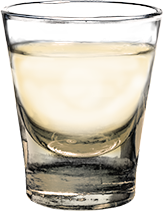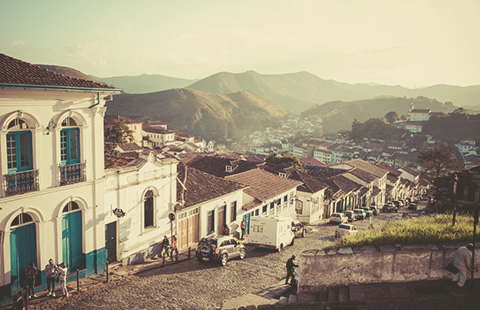

flavors and the spirit of Brazil.















Worthy of being considered the first distilled spirit of the Americas, the origin of Cachaça (pronounced ‘kha-shah-sah’) can be traced to two historic watersheds that converge to the same period, i.e. the beginning of the actual colonization of Brazil by the Portuguese.
Although there are no precise records as to the actual site where Cachaça was first distilled, we can affirm that the spirit began to be distilled at a sugar mill located on the coast of Brazil sometime between 1516 and 1532. Thus, it was the first distilled beverage to be made in Latin America preceding the development of spirits such as Pisco, Tequila, Bourbon and Rum.
Despite the many picturesque stories regarding what constitutes ‘ground-zero’ for Cachaça in Brazil, there are two versions that attempt, in a more logical manner, to explain some of the facts that preceded the initial distillation of Cachaça.
The first version claims that the Portuguese (the first European explorers to reach the shores of Brazil), who were used to drinking ‘bagaceira’ (a spirit distilled from the pomace of grapes) improvised a spirit derived from the fermentation and distillation of by-products of the juice of sugarcane which produced the same pleasurable effects of the spirit they enjoyed in Portugal.
Another version tells us that during the process of boiling down the juice of sugarcane or ‘garapa’ at sugar mills to produce sugar, a foam developed on the surface of the boiling ‘garapa’. That foam was skimmed off, removed from the boiling pot and placed in the feed troughs of livestock. In time, the foamy liquid fermented and turned into a broth that was referred to as “cagaça” a liquid which seemed to invigorate the farm’s cattle that often went to the troughs to consume it. Upon noticing the effect it had on the animals, the slaves who worked on the property tried it and started to consume the liquid themselves. Since the Portuguese were already familiar with the techniques of
distillation using stills, they began to distill the fermented ‘must’ of the “cagaça”, and probably also of molasses - a by-product of sugar production - in addition to the must of sugarcane juice itself, thereby originating Cachaça - Brazil’s sugarcane spirit.
The spirit stands out for conveying the cultural heritage and diversity of Brazil and for the fact that its production is finely spread out among thousands of producers, from north to south, in almost all of Brazil. The diversity of the Brazilian nation is reflected in the variety of flavors and aromas that each region’s Cachaça can bring to consumers. The use of an immense variety of types of wood typical of each of Brazil’s regions in the casks used in resting or aging of Cachaça, such as Amburana Jequitibá Amendoim(purpleheart) Balsam Ipê Freijó Eucalyptus Castanheira, in addition to several other varieties, besides the standard Oak aggrandizes and enhances the enormously rich and differentiated flavors in Cachaça.